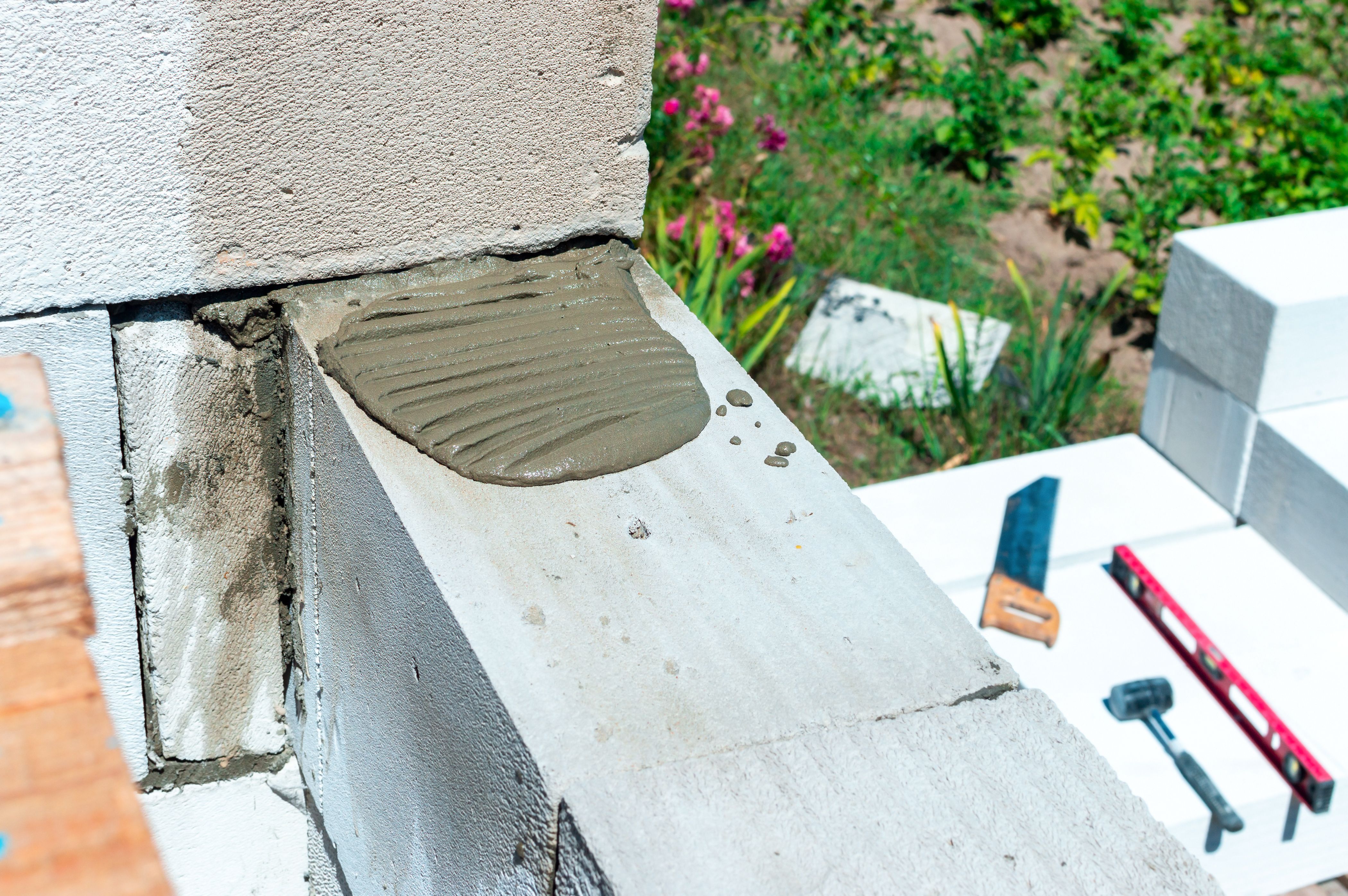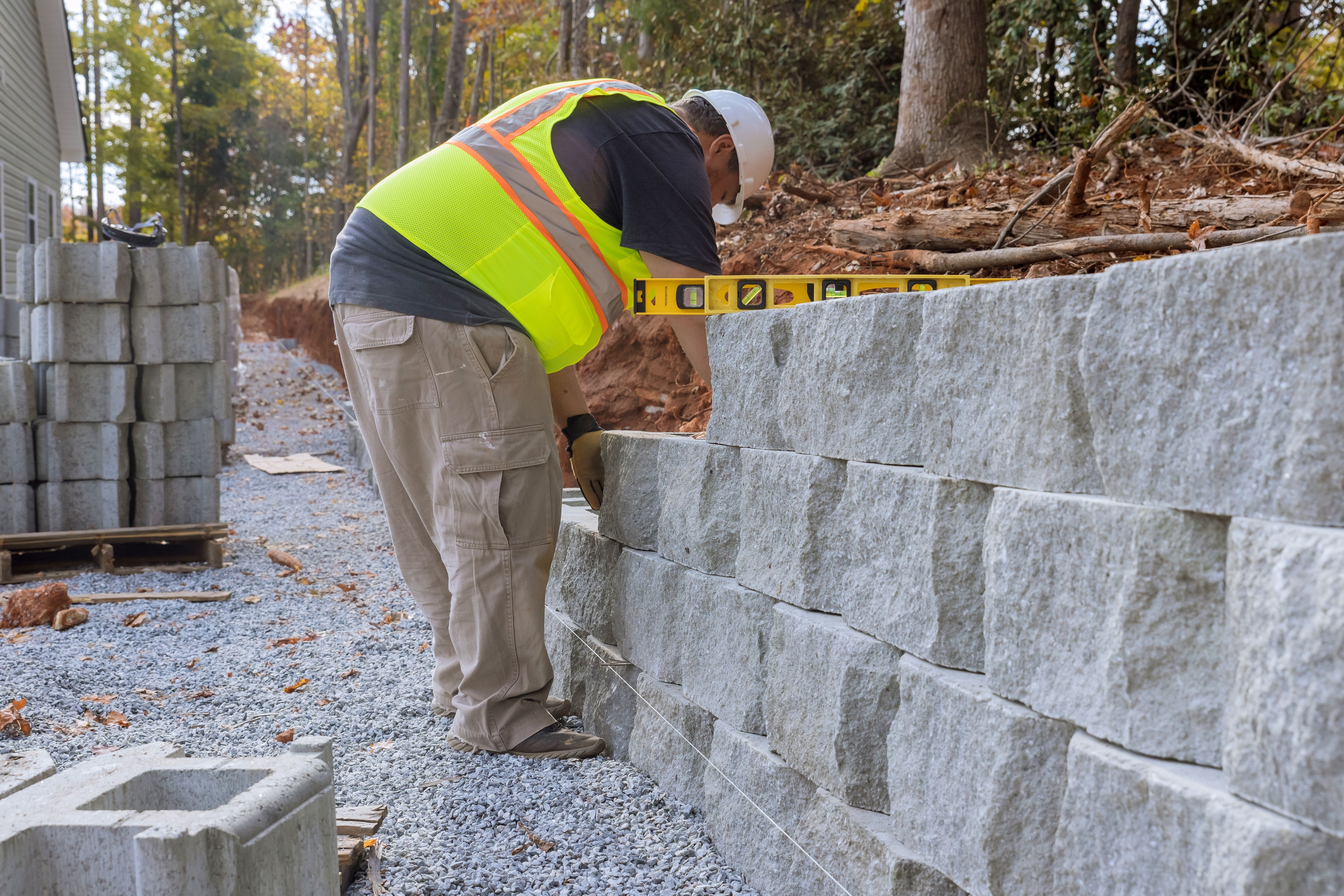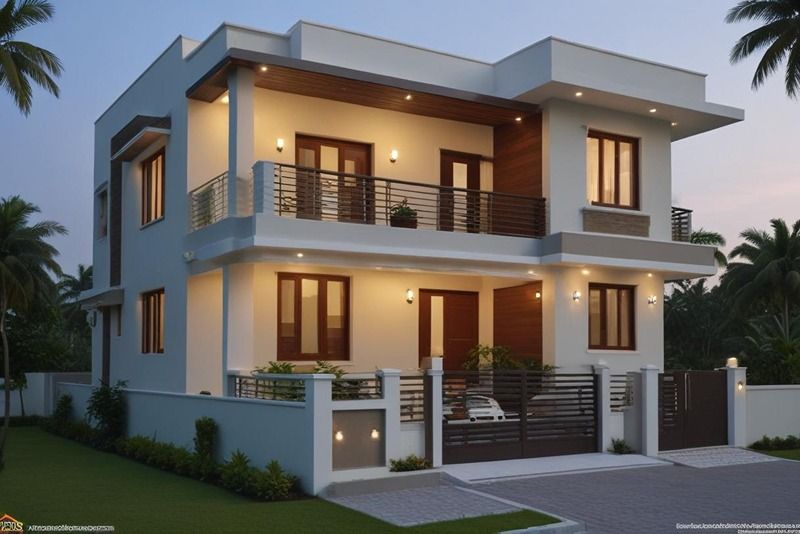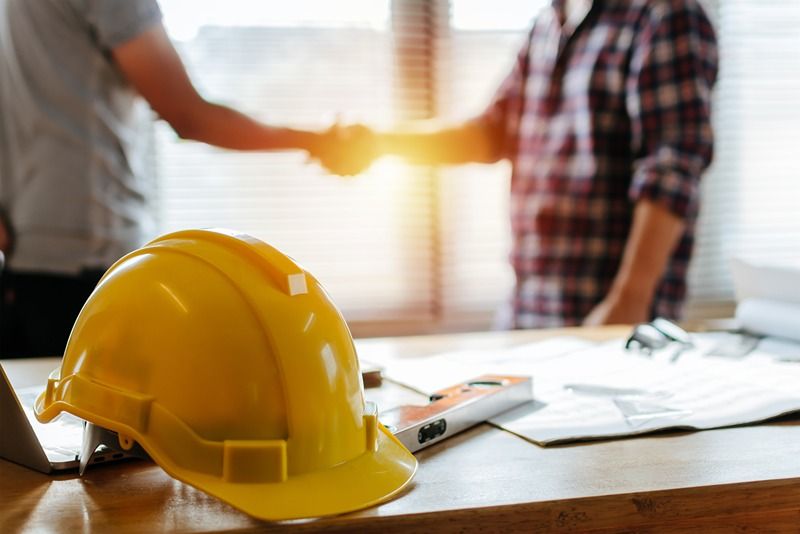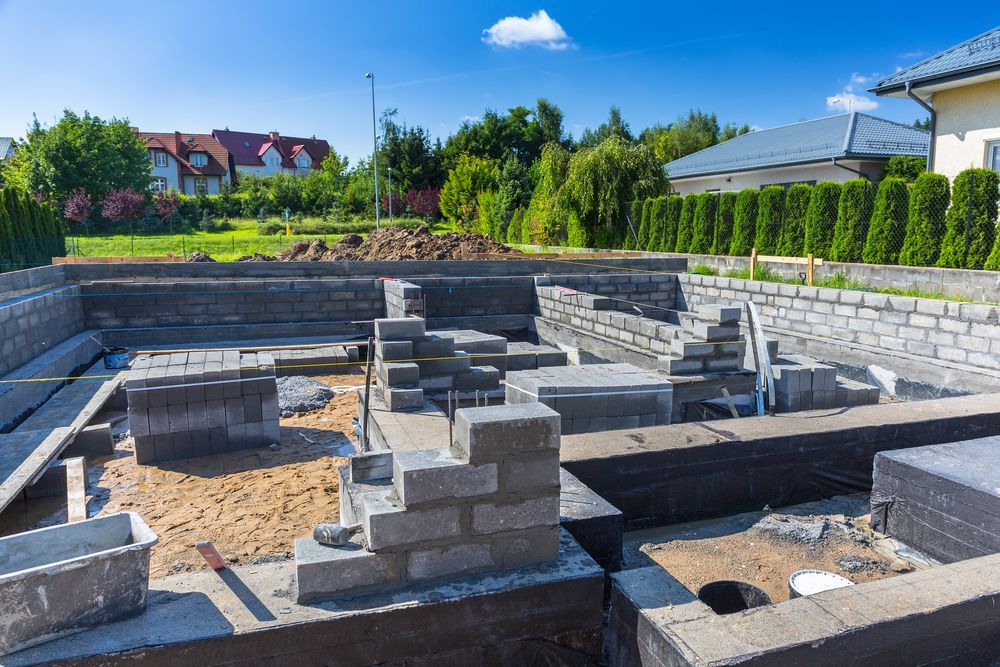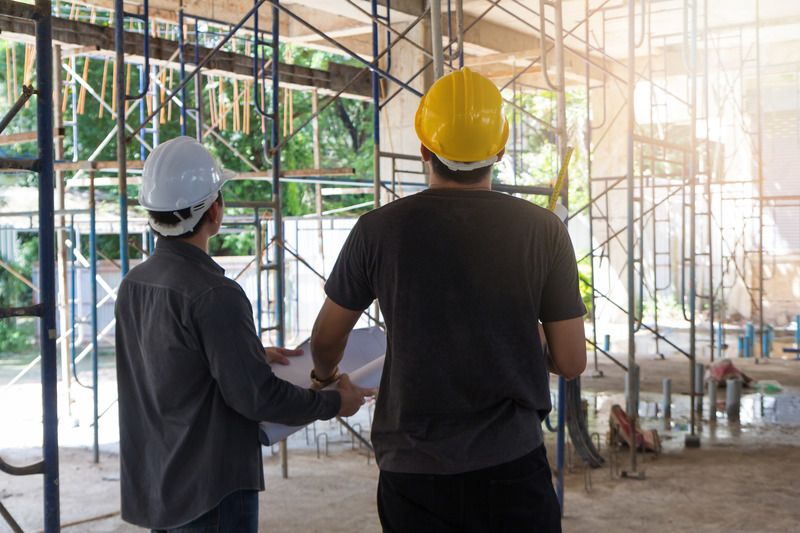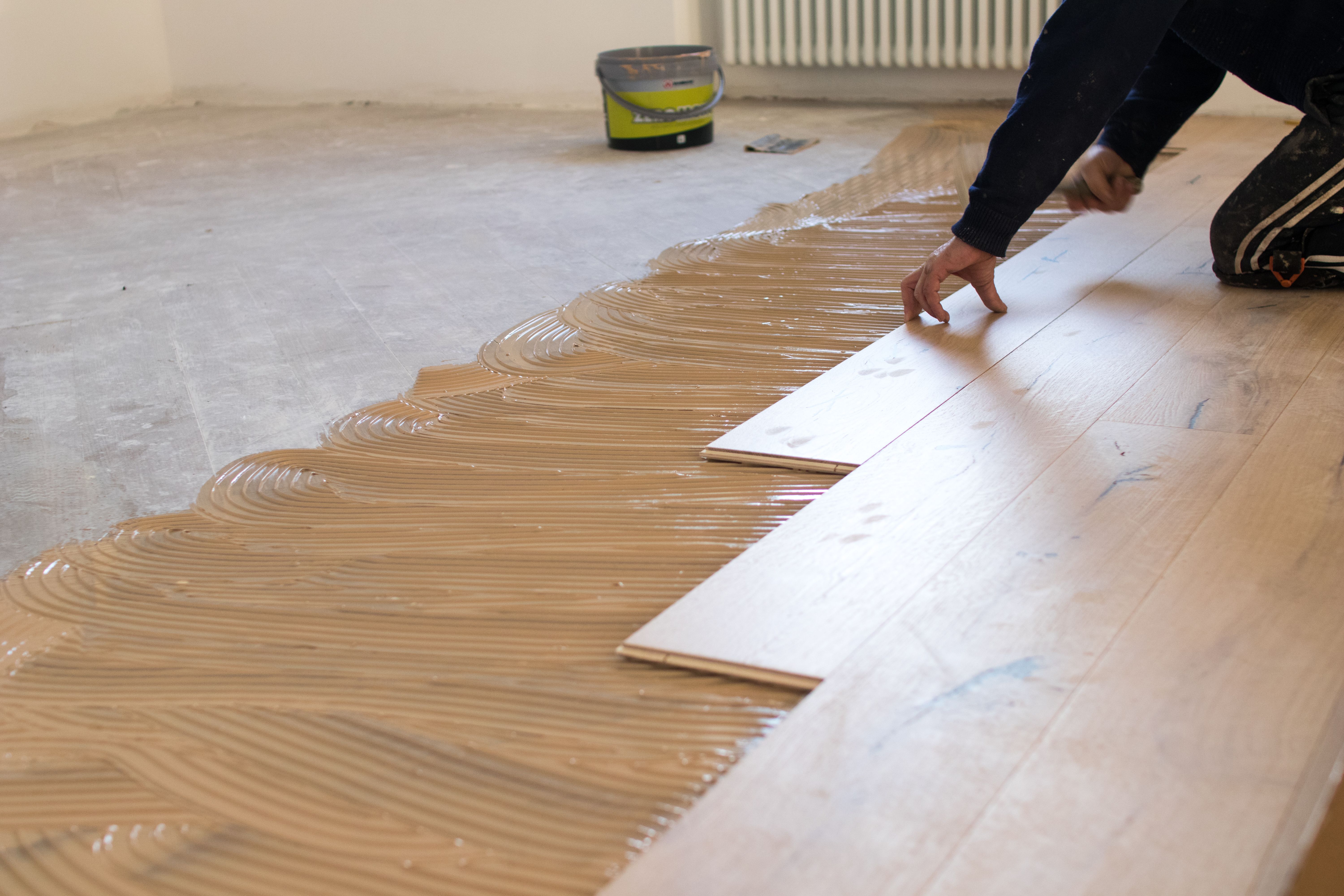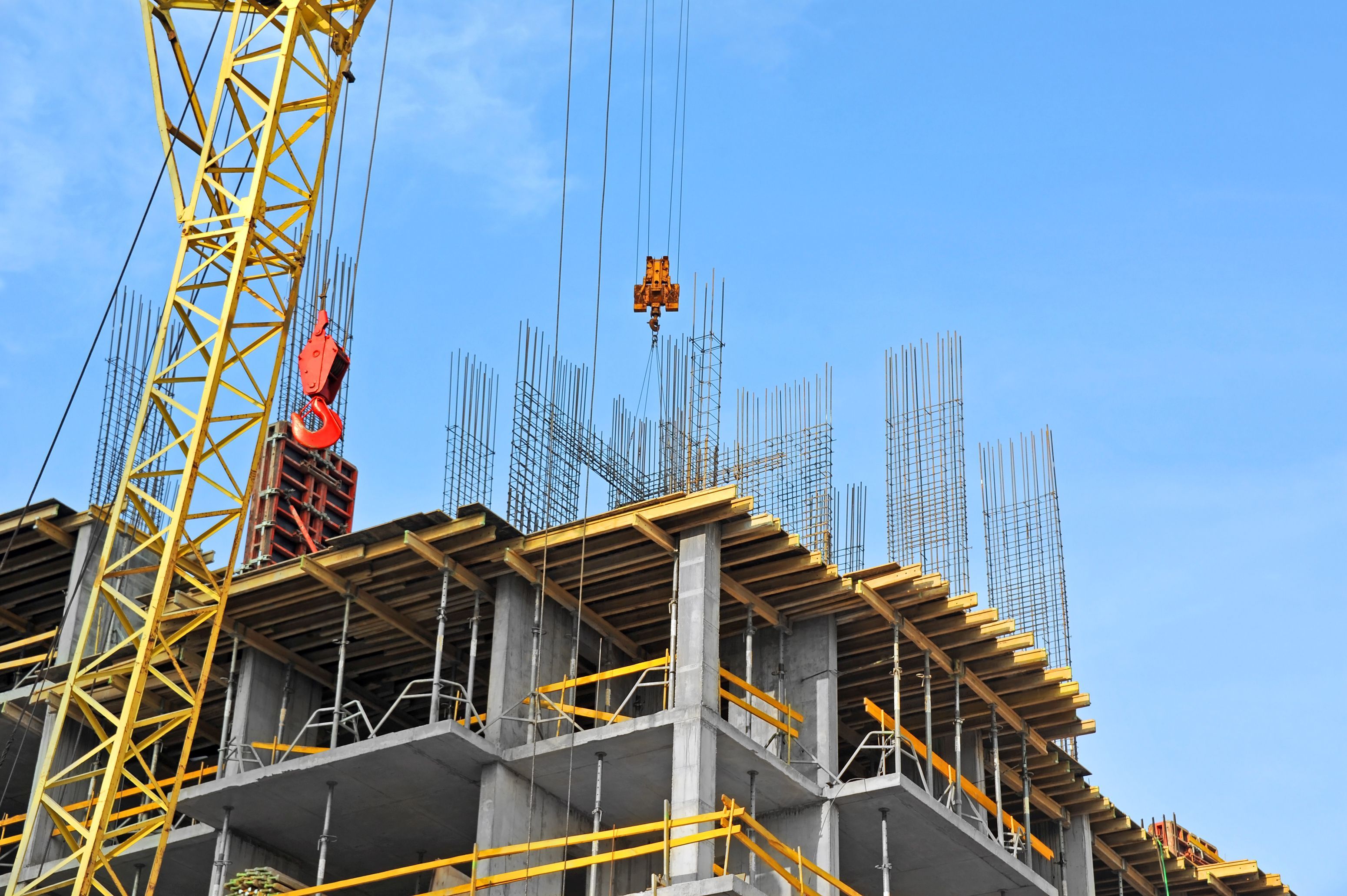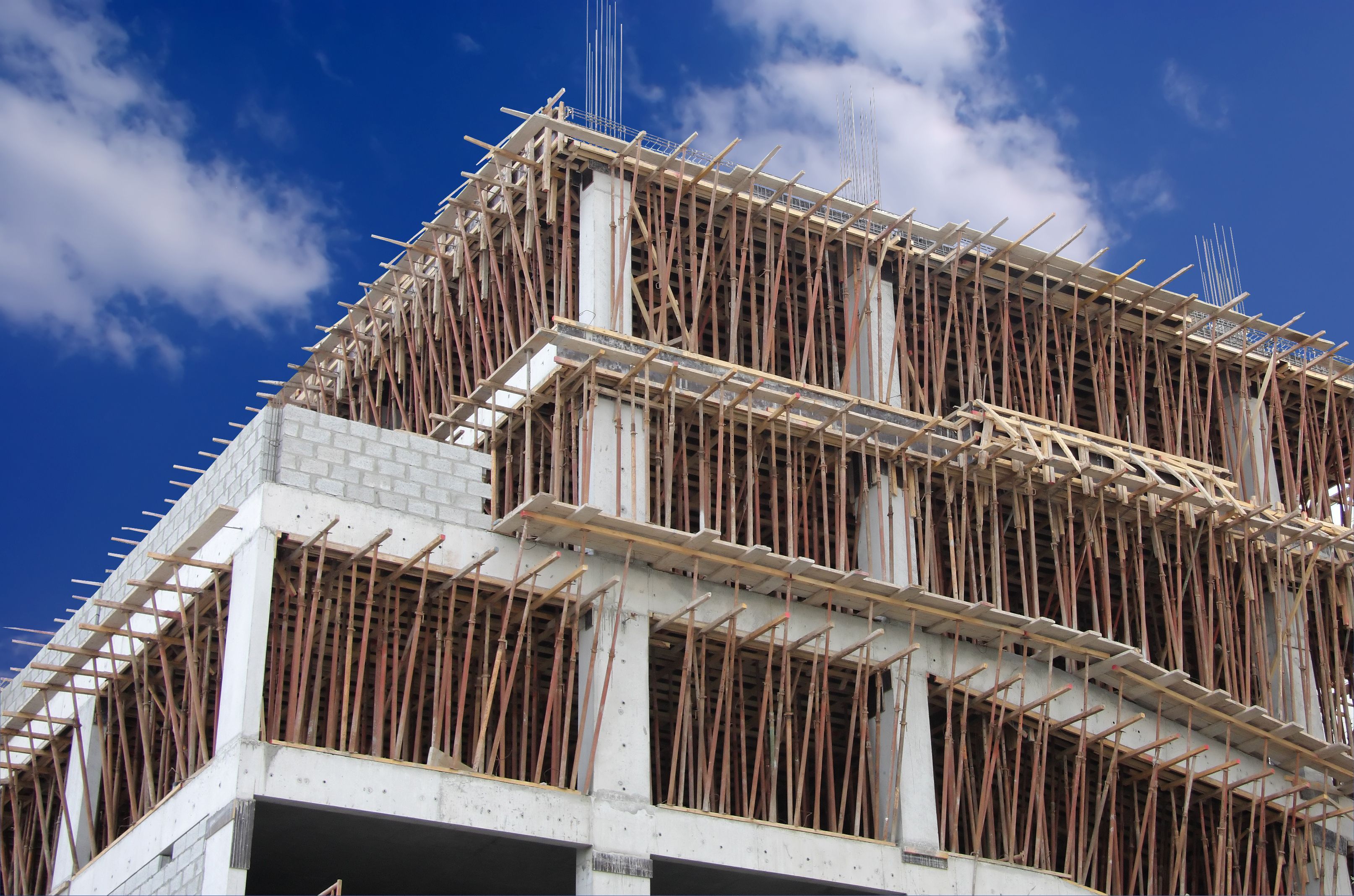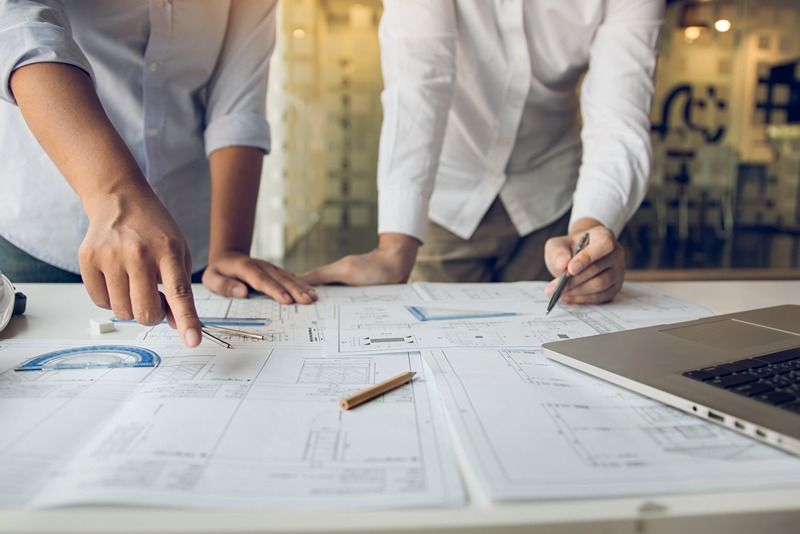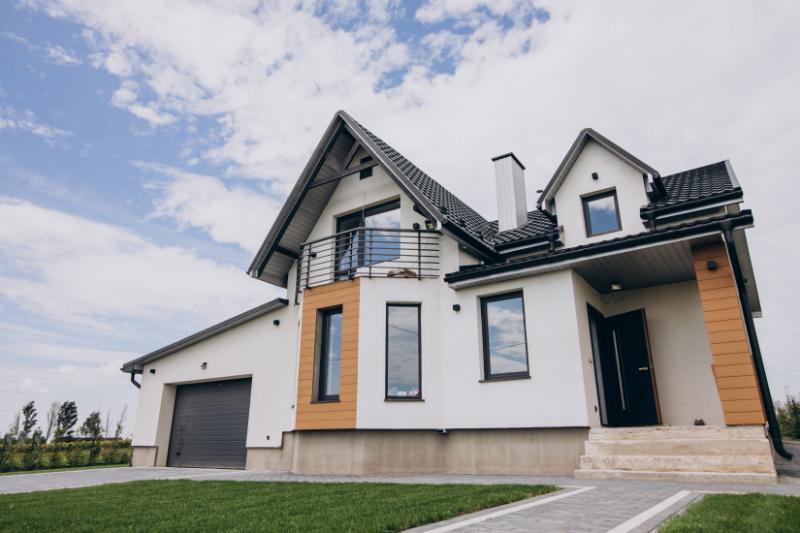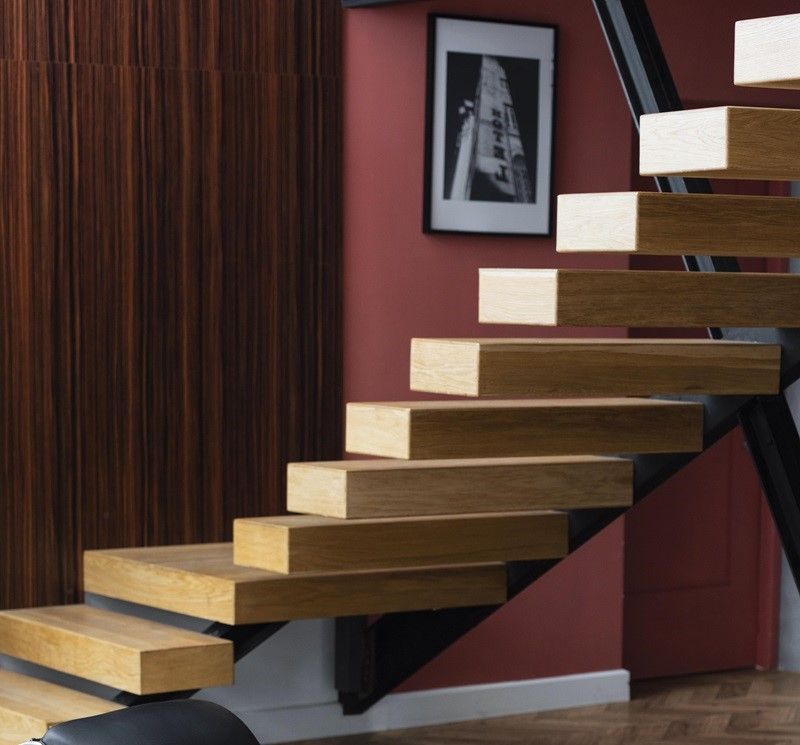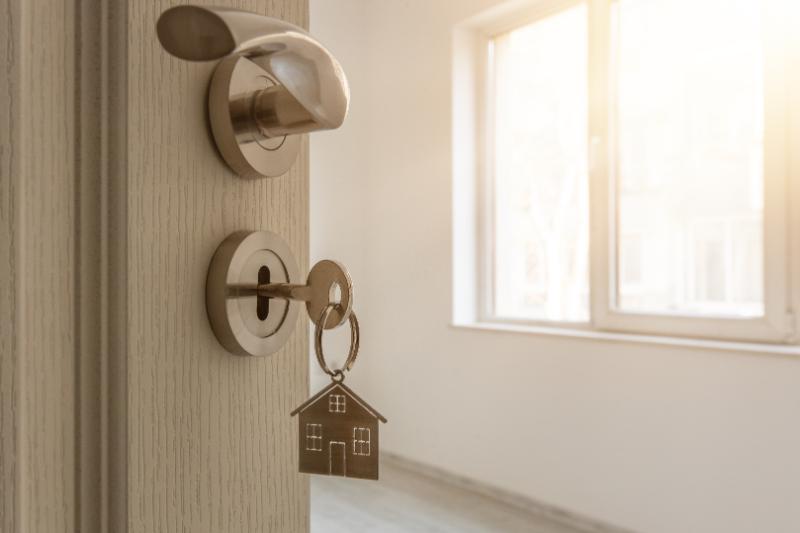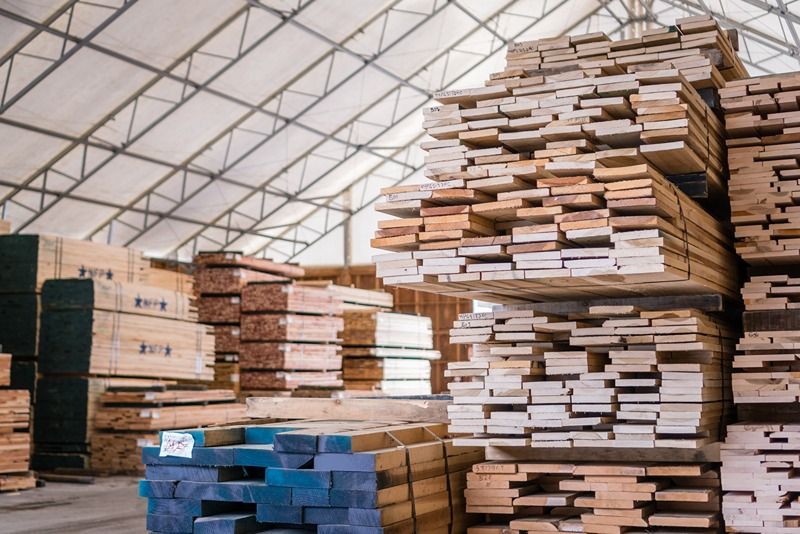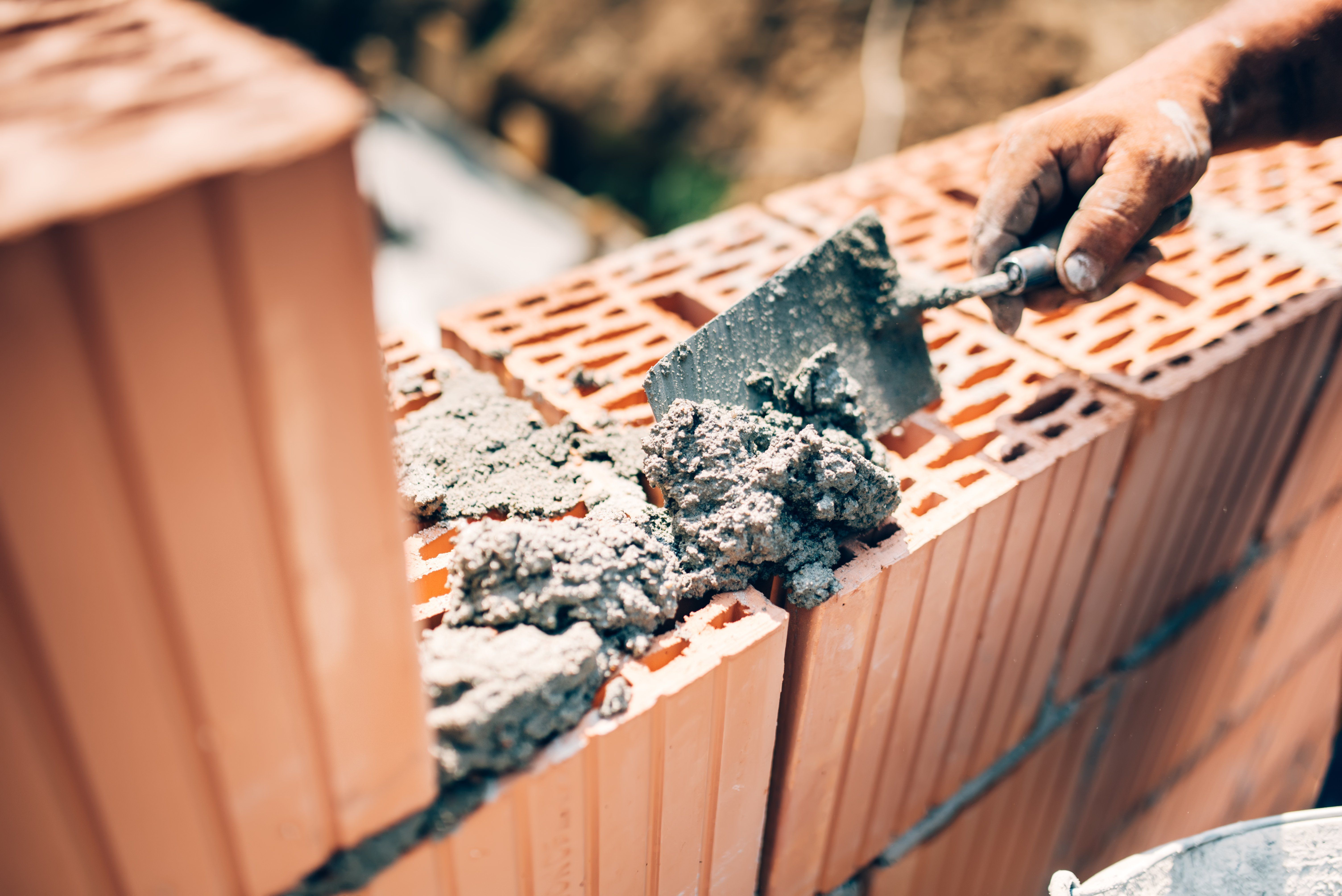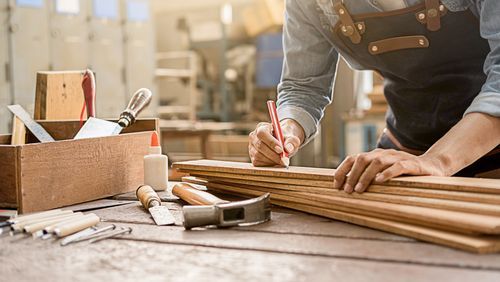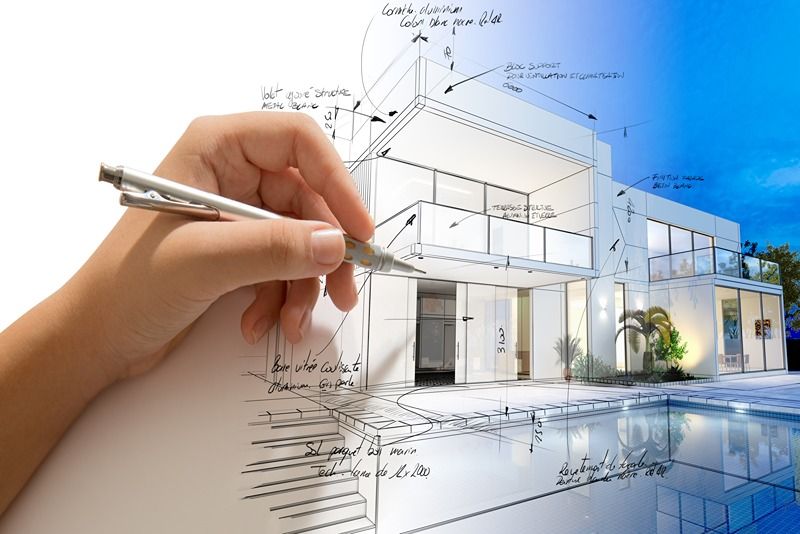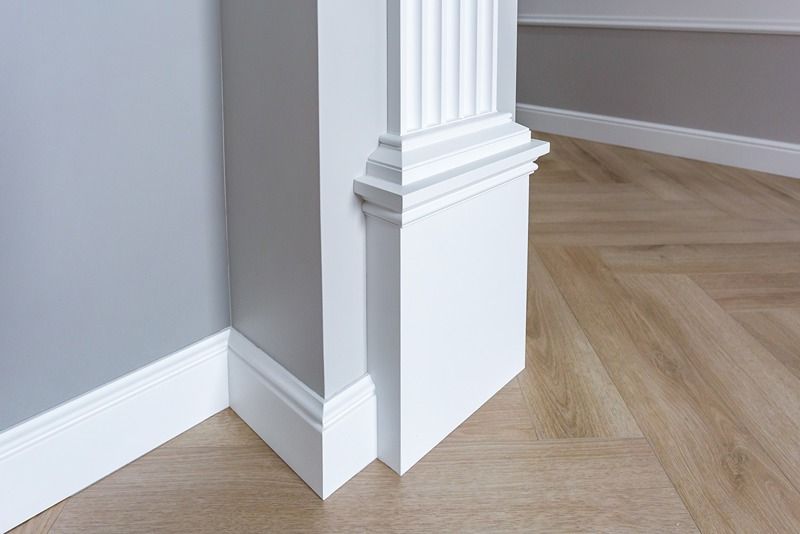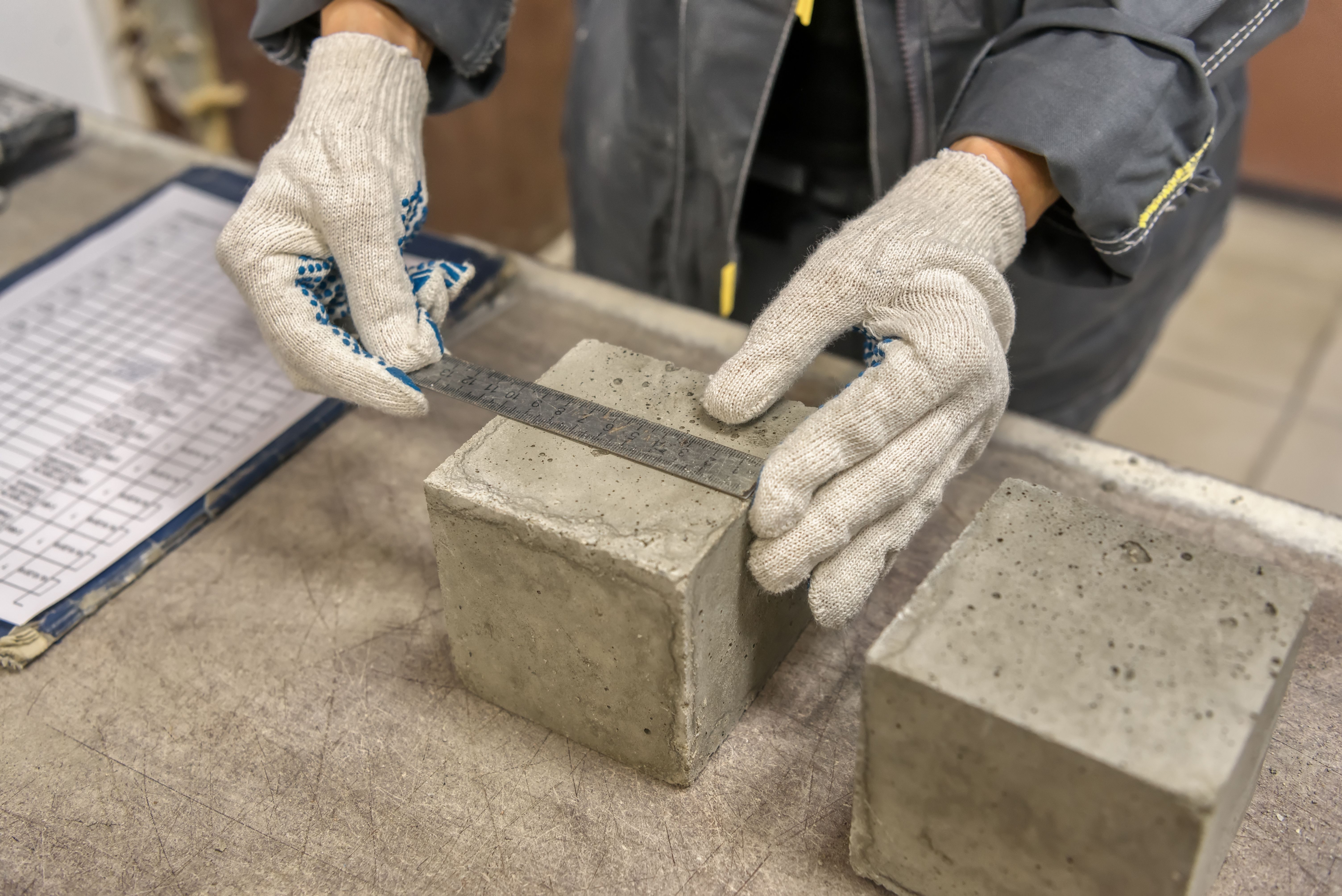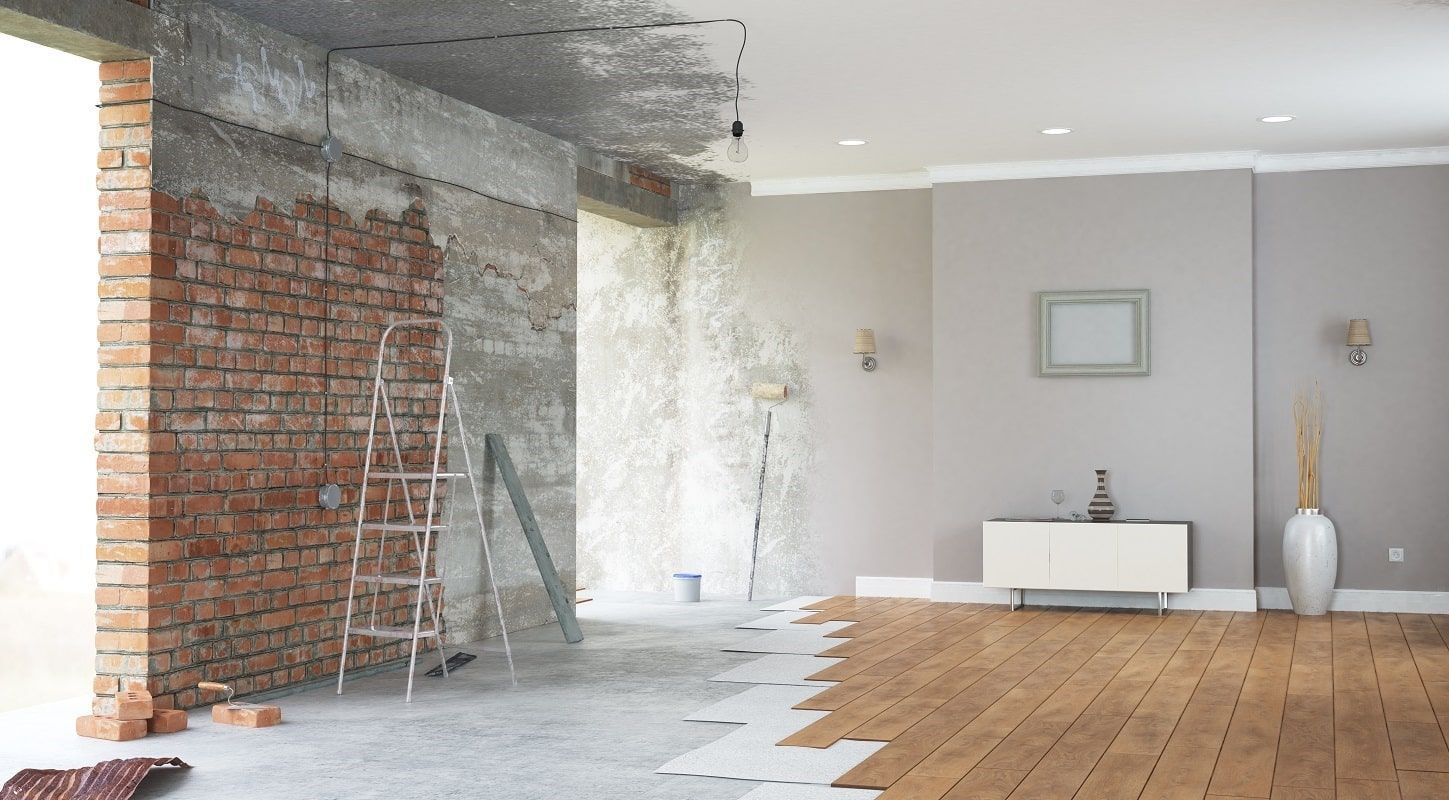Steel is a popular building material because of its strength and durability. Steel is a common material for builders and consultants due to its low price and excellent tensile strength.
The types of steel used in building houses frequently change based on the size and scale of home construction. However, the most common kinds include weathering steel, carbon steel, light gauge steel, tool steel, alloy steel, and structural steel.
Do you want to know more about the primary steel used in building homes? Continue reading as we go over all you need to know about steel and its applications in building projects.
1. Steel Rebar- A rebar is a steel bar or a mesh of steel wires referred to as reinforcing steel. This steel is utilised in reinforced concrete and masonry structures to add additional strength to bear load pressure. To improve the strength of the connection formed with concrete, the surface of the rebar is frequently patterned.
Rebar is frequently used in construction to give concrete favourable qualities. For instance, concrete is typically weak in tension despite being robust in compression. Rebar is precisely cast into the concrete, increasing its overall tensile strength and enabling it to support heavy tensile loads. Due to its almost identical thermal expansion coefficient, steel is typically preferred as rebar when working with concrete since it prevents the structure from buckling or weakening when the overall temperature increases.
Rebar is an essential building material utilised to support and resist design loads. Rebar steel comes in various forms, and each offers unique features depending on the type of construction.
Rebar is essential for lowering the possibility of cracking and counteracting the dangers of stresses brought on by temperature. This extends the structure's lifespan and permits the structure to maintain its stability.
Rebar spreads concentrated loads across a wider area, which helps maintain a house's structural integrity.















